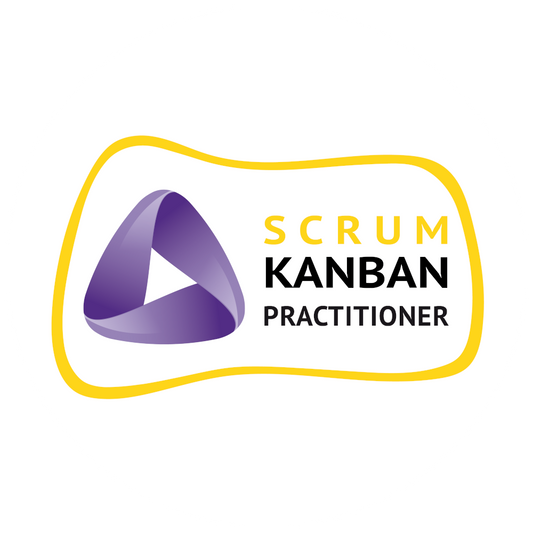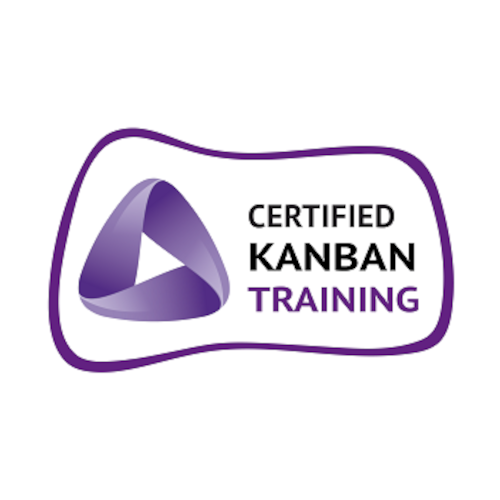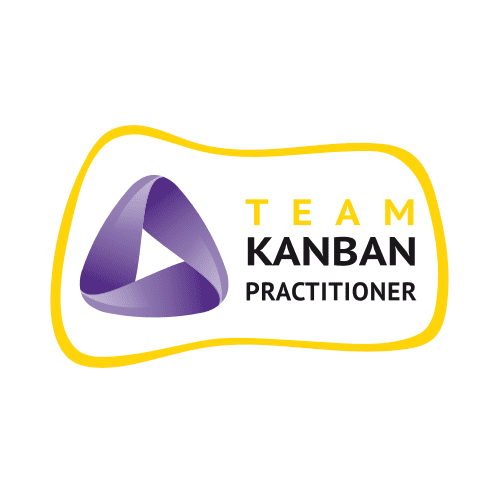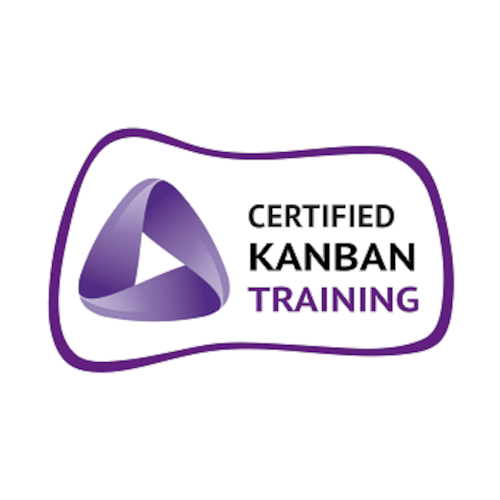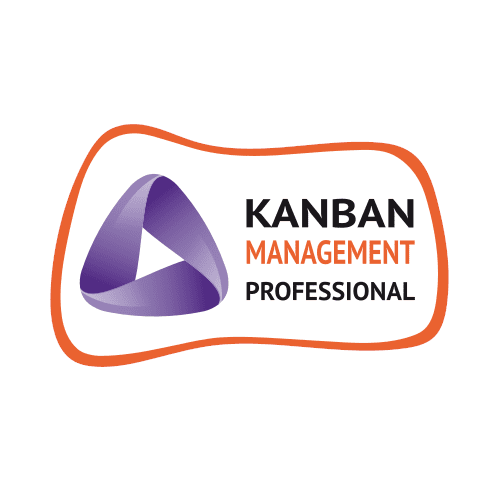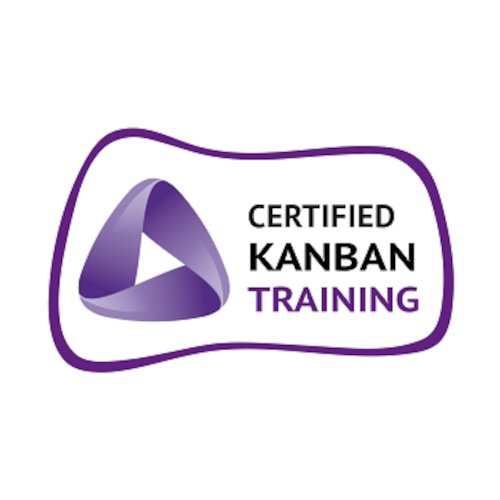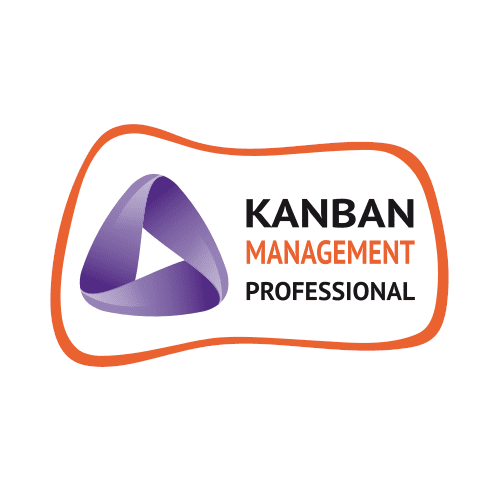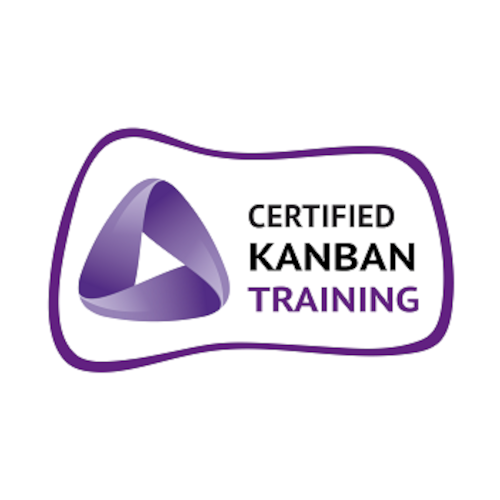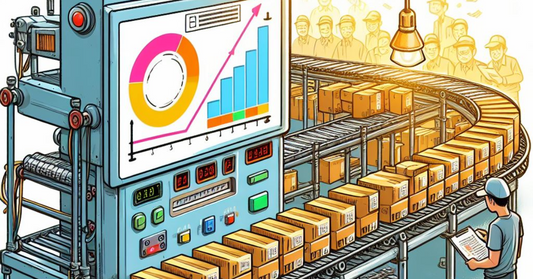Is There a Planning Meeting in Kanban?
Share
Is there a planning meeting in Kanban? I asked myself this question a while ago. I thought, an organization which does not plan its work is very unlikely to deliver value to the customer. Furthermore, during one of my recent projects, we introduced Scrum to an organization and trained the teams on everything that comes with it. During one session a team member raised a concern and said: “Why can’t we got back to Kanban, things were much easier then. We didn’t have so much events and meetings, and we didn’t have so many discussions about planning our work.” This article explains why this statement is flawed and how work can be planned and organized with Kanban cadences.
What are Kanban Cadences?
A cadence is defined as “a rhythmic sequence”, “the beat, time, or amount of rhythmic movement or activity”. Accordingly, the Kanban cadences are the rhythm of meetings in organizations that manage and optimize their workflow with Kanban. It shows the regularity in which meetings are held in order to exchange information, to synchronize on certain topics, to develop and adapt plans, or to deliver products to the customer. The Kanban cadences thus form the rhythm and heartbeat of a Kanban organization.

The illustration shows the seven Kanban cadences and how they are connected to one another. Kanban cadences provide each other with input in the form of information, which then triggers changes and adjustments on the recipient side. This procedure follows the agile principle of constant adaptation to changing conditions.
Categories of Kanban Cadences
The seven Kanban cadences can be categorized in two different ways. One characterization comes easily into mind when taking a look at the names of the cadences. There are two obvious categories. The first is the group of planning meetings, which consists of the Replenishment Meeting, the Standup Meeting and the Delivery Planning Meeting. In theses three meetings, the organization plans what should be done in the next delivery period, during the next day, and how product releases line up for the future. The second group are the review meetings, which consist of the Strategy Review, the Service Delivery Review, the Operations Reviews and the Risk Review. Here, the organization checks on what has been achieved in regards to output and outcome, as well how risk can be reduced for future activities.
Another way to categorize the cadences is shown in the diagram. The first group of meetings focuses on effectivity, or as you would call it “doing the right things”. The second group then focuses on efficiency, which means to “do the things right”. You could also call it “how to improve the way we are doing things”. Finally, the third group of meetings consists of the three planning meetings. It focuses on how to get things done or as you could say “finally do something at all, and not only plan to do it”.
Replenishment Meeting
Recommended Frequency: weekly, or as needed
Recommended Duration: 30 minutes
At a certain point during development, may it be sooner or later, the ToDo-Column of your Kanban board is going to be empty. As work is flowing across the board, less and less items remain in the most left column of your board. The question that arises is where and when new tasks are pulled onto the board. This happens during the replenishment meeting. Here, the organization makes the decision which tasks are up next, and in this way steers the product development.
In order to represent the different views on the product and its development, it is highly recommended to invite the team, product owners, stakeholders, and sponsors to this meeting. It is not necessarily required that all of those parties are actually present during each of the meetings, but they should be involved as much as possible.
The goal of this meeting is the selection of high-prioritized development tasks and putting them in the ToDo-column of the Kanban board. Therefore, the different participants provide input regarding dependencies, business values and decisions, as well as strategic objectives. Eventually, the team commits to the selected items and accepts them as the new development backlog.
Daily Kanban Meeting
Recommended Frequency: daily
Recommended Duration: 15 minutes
The Standup Meeting, called the Daily Kanban, is very similar to the Daily Scrum Events in Scrum. They are held at the same place and time every day. This assures, that everybody actually has the time to participate in the meeting. Typically, they are held standing, so nobody gets too comfortable. That way, focus, efficiency and a fast pace are maintained.
The meeting is the daily planning for the team. It is not a reporting or status meeting. The meeting circles around the following topics:
- What did we plan to do yesterday?
- How did these things work out? (and based on these outcomes)
- What is our plan for the next day?
Additionally, the team observes the Kanban board for bottlenecks (cloaked columns), potential impediments (unresolved dependencies), stalled work items (work item age), and everything else that could impact a fast and efficient flow of work items.
Delivery Planning Meeting
Recommended Frequency: once per delivery cadence
Recommended Duration: 1 – 2 hours
When a task is finished it is moved to the “Done” column. While some tasks are delivered to the customer right away, some tasks are handed off to other teams, departments or even organizations. The Delivery Planning Meeting reviews all of these tasks and makes informed decisions about the scope of the next delivery.
Goal of this meeting is to ensure a seamless transfer of work in progress to downstream consumers. Therefore, it is planned and decided which items should be part of next delivery. At this point their potential delivery date is fixed. Furthermore, it may be necessary to set up training activities for customers and/or create accompanying documentation. This information is shared at the Daily Kanban, while any potential impediments are discussed during the Risk Review.
Service Delivery Review
Recommended Frequency: bi-weekly
Recommended Duration: 30 minutes
The Service Delivery Reviews is a meeting where customer expectations regarding the delivered service are compared to the actual value delivered by the team. Therefore, the service delivery manager, the customer and representatives from the delivery team are participating in this meeting.
As Kanban is a data-driven method which relies heavily on metrics, these metrics regarding the quality of the delivery are inspected. This may be lead and cycle times, consistency of the delivery, delivery frequency or quality metrics like the number of open bug tickets.
The meeting also gives insights on the teams overall delivery ability and capability. Furthermore, future objectives regarding the customer expectations are set, while the service delivery manager and the customer try to balance demands, desired delivery dates and possible risks.
Operations Review
Recommended Frequency: monthly
Recommended Duration: 2 hours
The Operations Review creates a holistic view of the complete organization, its interacting teams, departments, systems and value streams. Though a single team may perform with high efficiency, the organization may be slowed down through inefficient handover procedures, misaligned interfaces or other communication problems.
The meeting involves the Service Delivery and Service Request Managers of the different teams as well as middle and senior management, and customer representatives. Participants share the information gathered during the Service Delivery Reviews, the Strategy Review and the Risk Review.
The aim of this meeting to optimize the flow of work as a whole. Therefore, the demands and capacity of every team are reviewed, as well as the dependencies with other teams, possible impediments and potentials for improvement. The decisions which are made during the Operations Review are communicated to the delivery teams during the Service Delivery and Strategy Review meetings. Identified impediments, risks and obstacles are communicated during the Risk Review Meeting.
Strategy Review
Recommended Frequency: quarterly
Recommended Duration: 4 hours
The Strategy Review meeting is, just as its name intends, the overall big-picture strategy meeting of the whole organization. Here, the core strategy for the organization is defined. This includes the analysis business numbers, customer feedback, market changes, sales numbers and all the other organizational top-level KPIs.
The goal of the meeting is the identification of global, large-scale problems in order to change the organizations course if necessary. This meeting is where the ship is steered into the right direction. Therefore, executive management, Product Owners and senior team members from customer-facing departments participate in this meeting.
Risk Review
Recommended Frequency: monthly
Recommended Duration: 1 – 2 hours
The Risk Review examines everything that is a potential threat to a continuous flow of work through the organization or the product delivery. Therefore, open issues like blockers, impediments and known risks are inspected and discussed. Furthermore, the product backlogs are examined and analyzed, if they are containing potential risks, bottlenecks or impediments. Just like in a retrospective, the causes of past failures and errors are analyzed. Decisions are made how to mitigate or resolve these risks for the future. All stakeholders of current and recent blockers should participate.
Final Thoughts
This article has given an overview of the seven Kanban cadences. The cadences help Kanban teams to plan their work, mitigate risk and improve their service delivery. Hence, every Kanban team should be interested to used the cadences as their implementation of the PDCA cycle. Furthermore, I gave a short overview how to use / integrate the Kanban cadences when you are in a Scrum team that thinks of improving workflow with Kanban. The question “Is there a planning meeting in Kanban” is purely rhetorical. Of course, there is planning meeting in Kanban, as no professional organization is able to perform at a high level, with constant pace, if it is not planning its work sufficiently.


